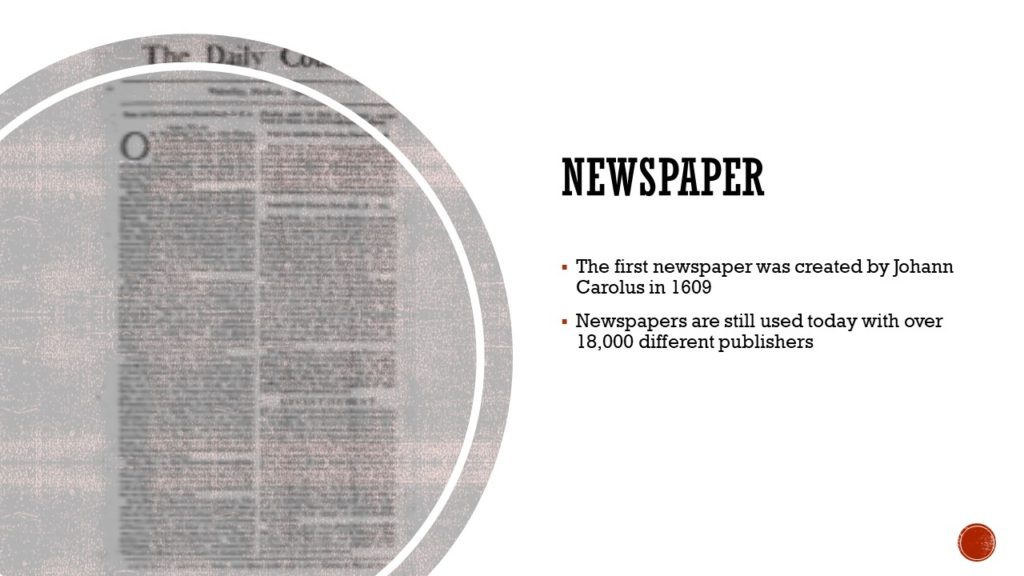the male gaze- is the perspective of a heterosexual man and how it creates a feeling of empowerment of men objectifying and sexualising women in video games and other forms of media.
Laura Mulvey- is a creator who created the idea of the male gaze and exposing game creators for sexualising women and making the assumption that all men who play the game wants to see the woman’s butt per say.
John Berger- The voice actor for both Archie and Albert Crisp in the video game Grande Theft Auto: London 1969
“Men act and women appear. Men look at women. Women watch themselves being looked at. This determines not only most relations between men and women but also the relation of women to themselves. The surveyor of woman in herself is male: the surveyed is female. Thus she turns herself into an object of vision: a sight.”
John Berger sight of seeing
This shows how men overly sexualised woman and treat them like objects. The male gaze shows how video games have an influence on how we act today and how women get treated due to being sexualised in videogames.
QUOTES
why diversity matters:
“The industry traditionally projects an image that is young, white, straight and male.”
“We aim to provide a welcoming and safe space for everyone who attends, to experiment with costume, gender and sexuality, and know that they will not only not be judged, but entirely supported and celebrated.” – xbox
LEVELLING UP
“Latinx characters have often been portrayed as gangbangers and drug dealers, as seen in the Grand Theft Auto franchise, with ridiculous, cliched gang names like “The Cholos” and “The Cubans,” voiced in exaggerated, stereotypical Hispanic accents”
“Worse still are the portrayals of Muslim/Arab/Middle Eastern people, who are often relegated to the role of terrorist.”
VISUAL PLEASURE AND NARRATIVE CINEMA
“The cinema satisfies a primordial wish for pleasurable looking”
“ultimately the meaning of women is sexual difference”
FEMINIST FREQUENCT SITE




